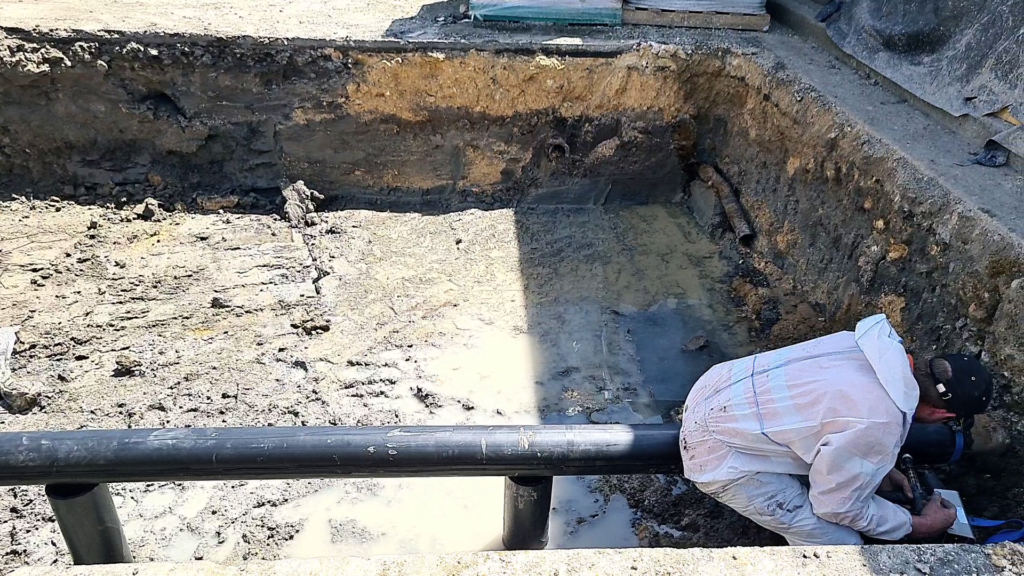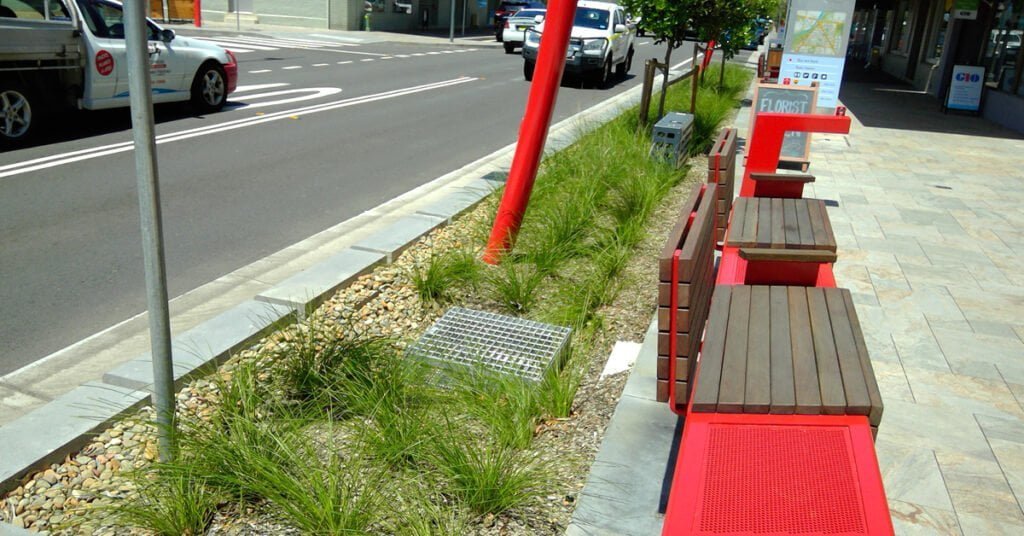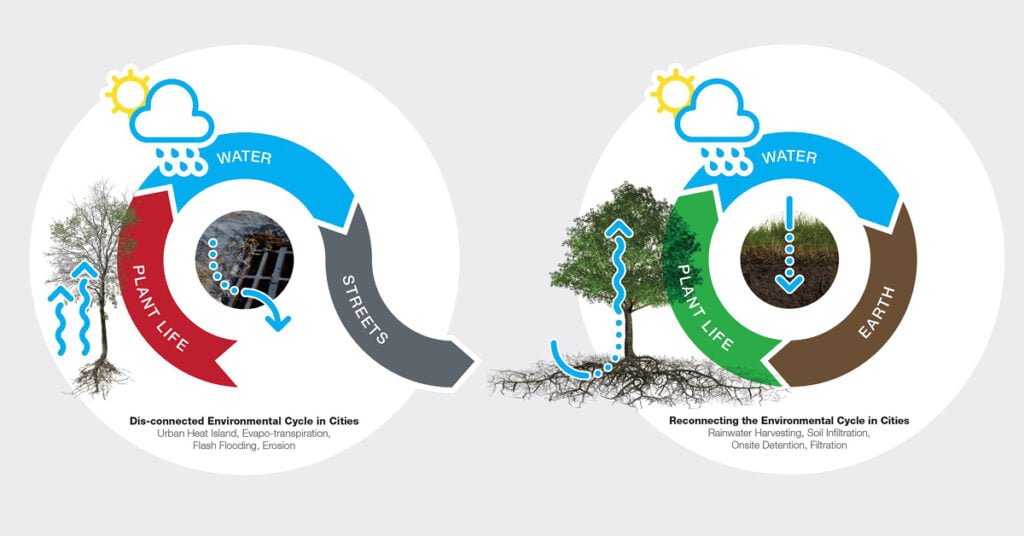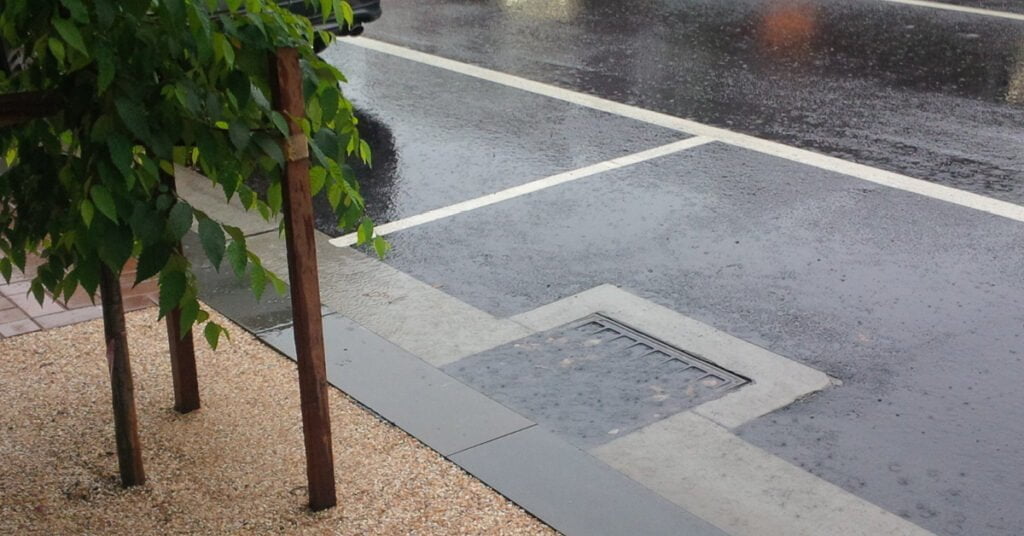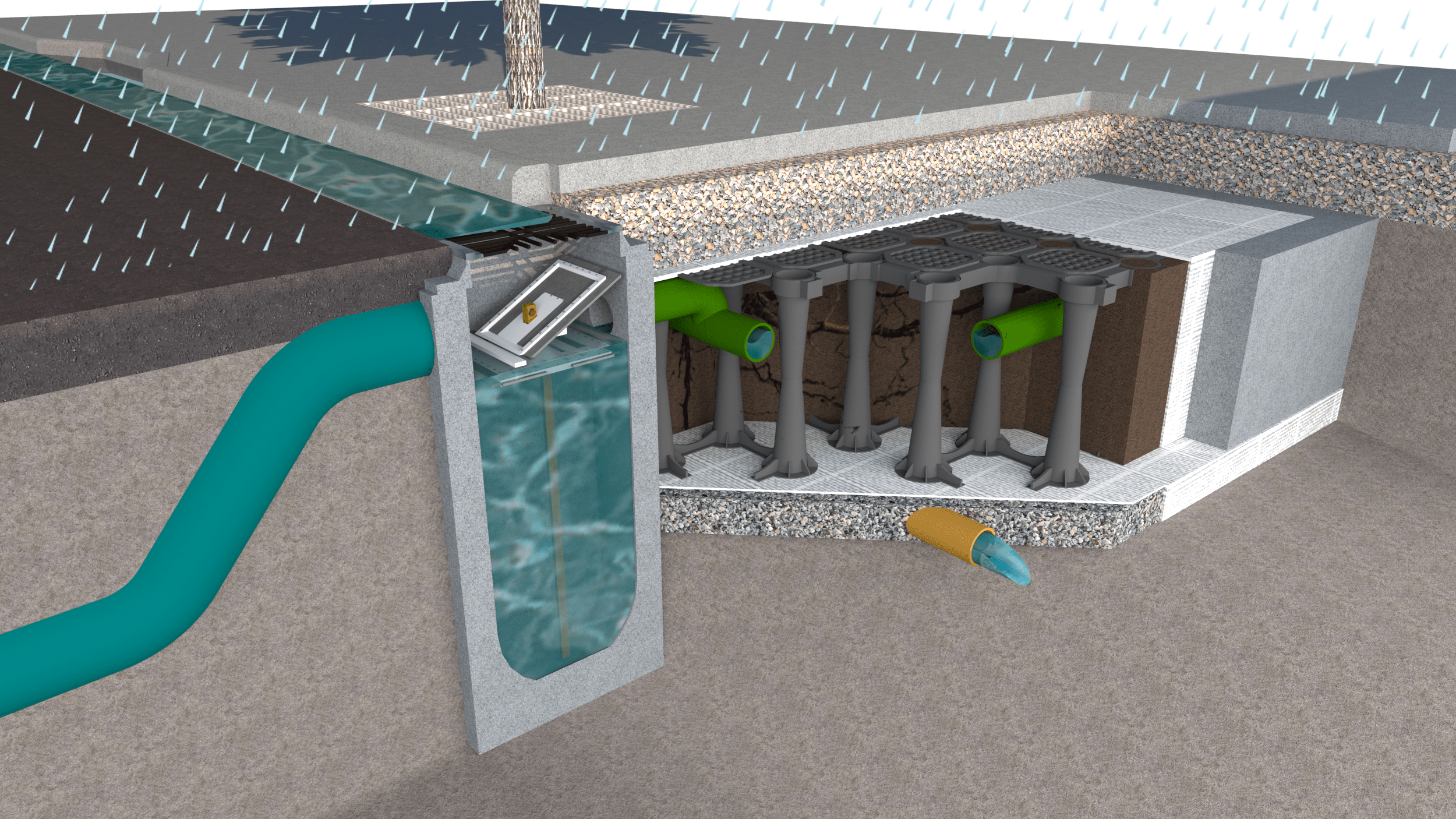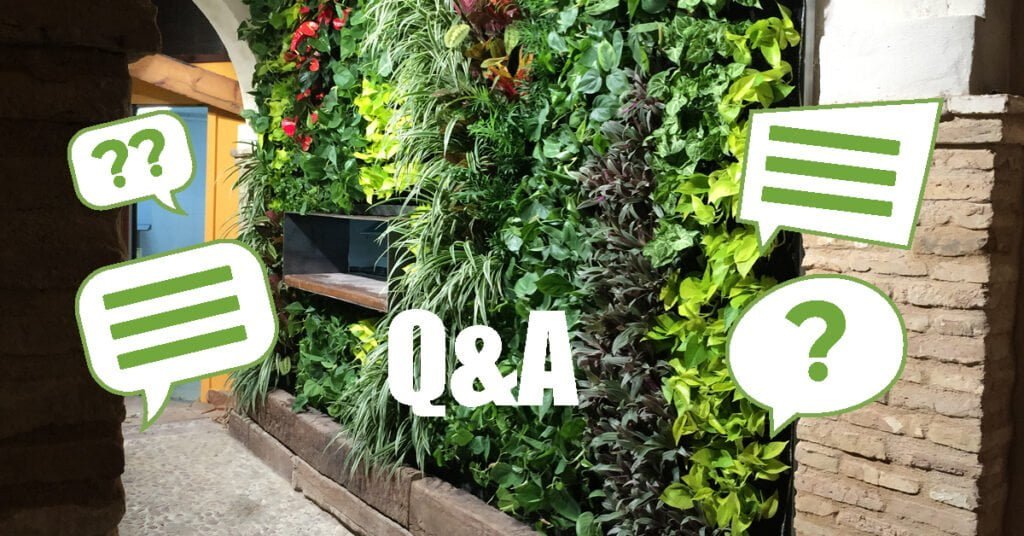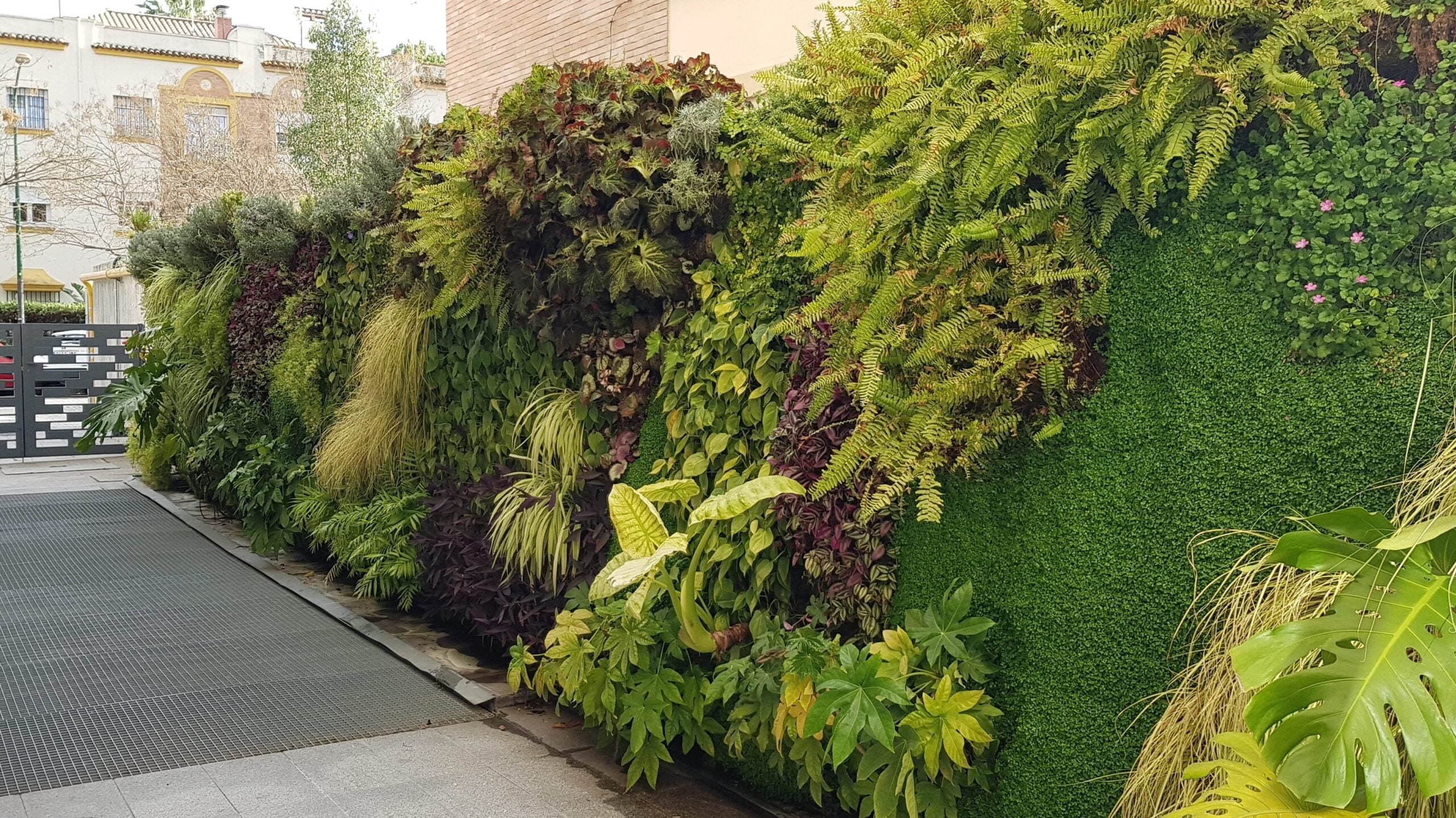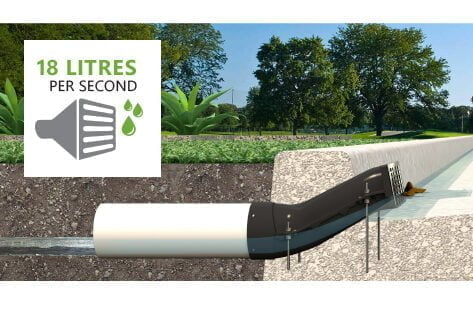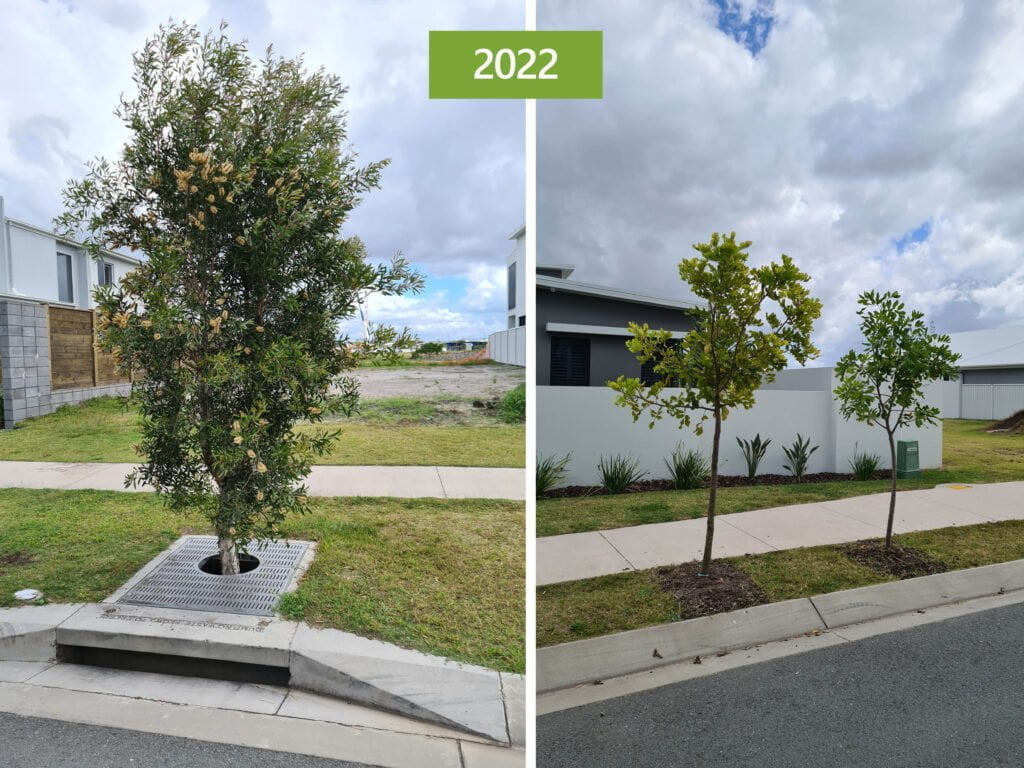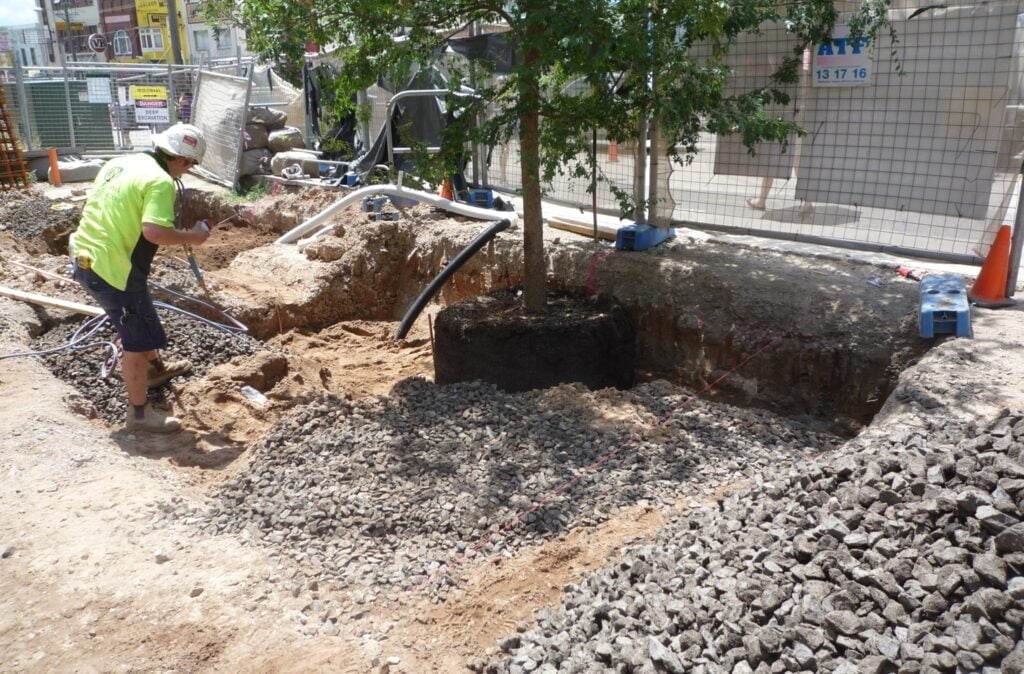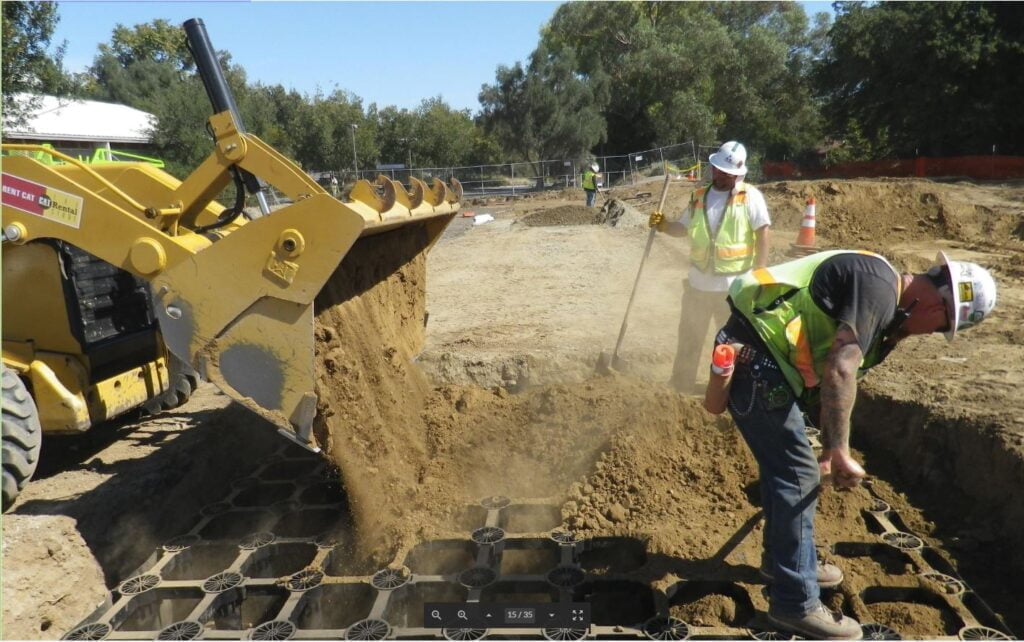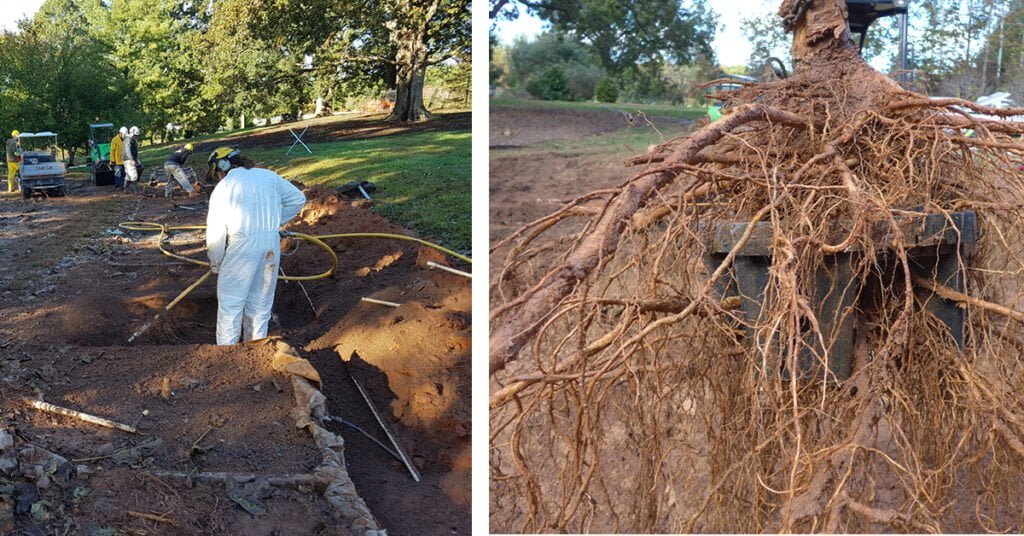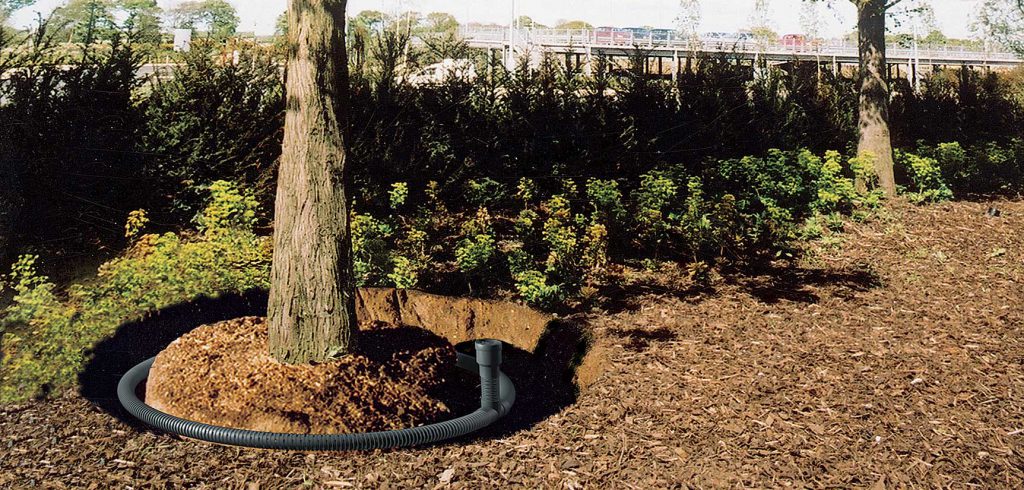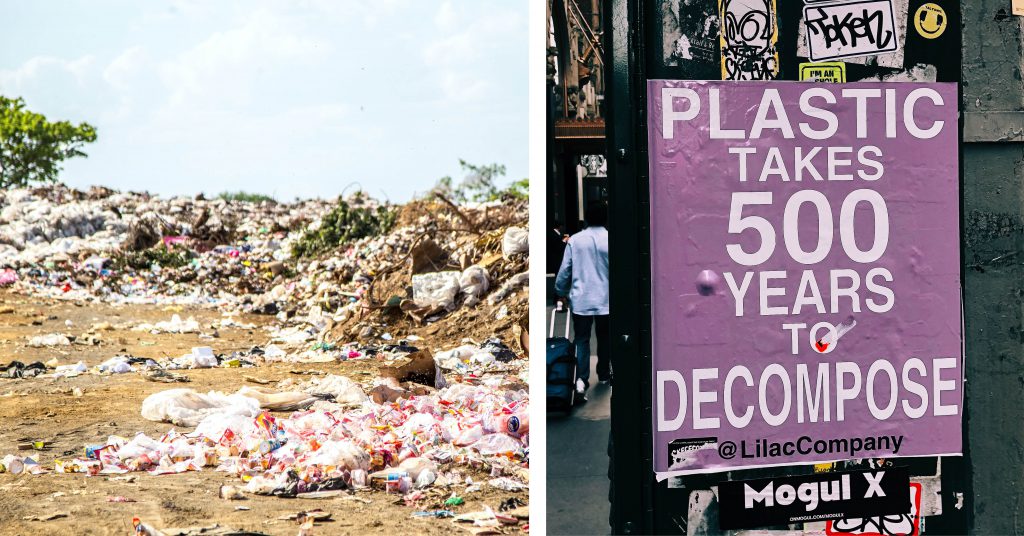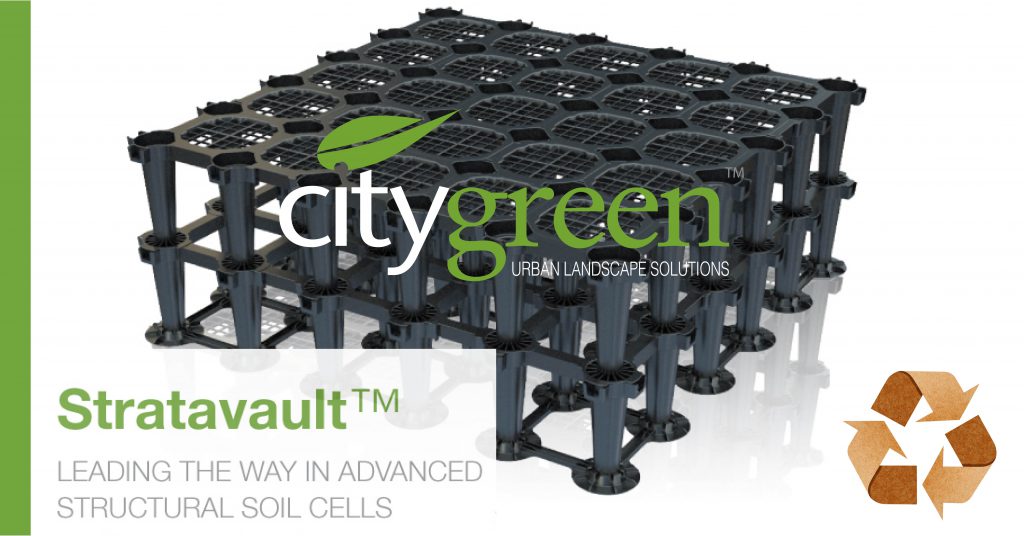Posted by Sean Corrigan on Thu, Jul 06, 2023 @ 2:16 AM
Slow Aging by Planting more Trees
Does Planting Trees Slow Aging?
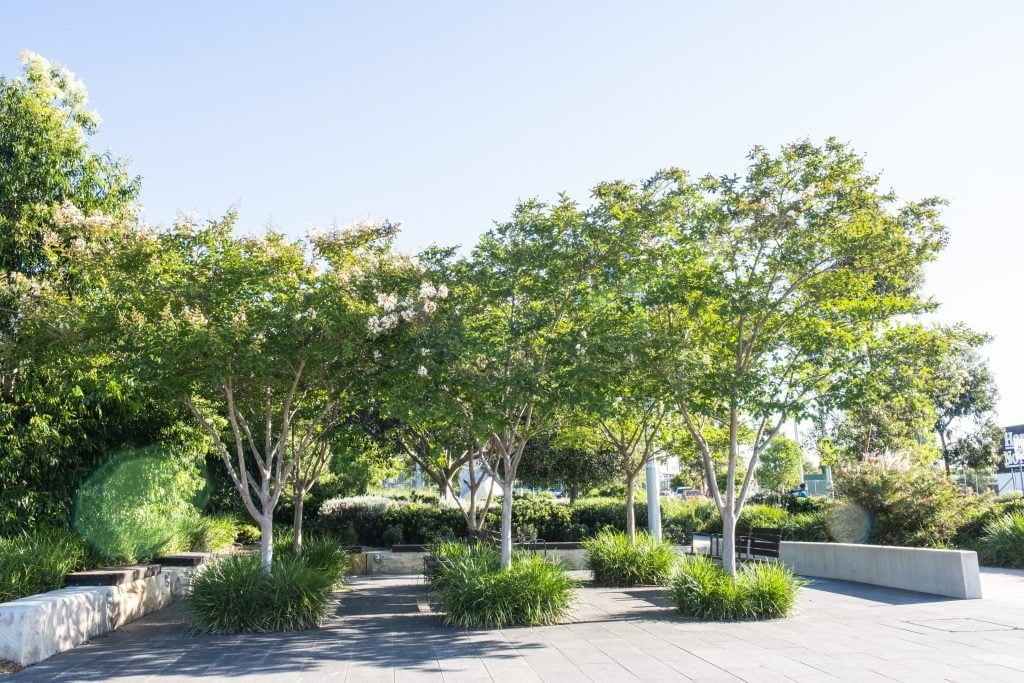
In an increasingly urbanized world, where more than half of the global population resides in cities, the importance of urban green spaces cannot be understated. Parks, green roofs, and community gardens offer not only aesthetic appeal but also critical ecosystem services. A recent study in ScienceAdvances has documented the potential benefits of urban greenness for healthy aging, including improved cardiovascular health and reduced mortality rates. While physical activity and social interactions have been suggested as potential pathways linking greenness to health outcomes, the underlying molecular biological mechanisms remain unclear.
Epigenetic modifications, such as DNA methylation levels, have emerged as a promising avenue for understanding the link between environmental exposures, health conditions, and aging. Accumulated exposure to environmental factors can lead to DNA hyper- or hypomethylation, ultimately influencing human health. Epigenome-wide association studies have identified regions of DNA methylation that are associated with residential greenness and are implicated in physical activity, mental health, metabolic diseases, and neoplasms. DNA methylation-based biological age, known as epigenetic age, has been proposed as a predictive marker for age-related health outcomes.
Previous studies have established associations between epigenetic age and cardiovascular disease, cancer, and mortality, as well as various lifestyle and exposure factors. However, the relationship between greenness exposure and epigenetic age has been understudied, with only one cross-sectional study conducted thus far. Furthermore, no studies have examined the role of race and sex in the association between greenness and epigenetic age, which is crucial for understanding and reducing disparities in greenness exposure and its associated benefits.
To address these gaps, the findings explore the associations between long-term greenness exposure and epigenetic age, considering race, sex, and neighborhood deprivation as effect modifiers.
Results
Characteristics of Study Participants
Over 900 participants were included, with a mean age of 45.3 years. The cohort consisted of 376 Black participants and 548 white participants, with 453 men and 471 women. Approximately 54.5% of participants had parks within a 5-km radius of their residential address. The mean Normalized Difference Vegetation Index (NDVI) value within the 5-km buffer radius 1 year before the Year 20 visit was 0.38 . Participants with parks within 5 km had slightly lower NDVI values compared to those without parks . Moderate correlations were observed for epigenetic age acceleration.
Association between Greenness and Epigenetic Aging
Their analysis revealed a significant association between 20-year exposure to greenness, and epigenetic aging. Greater greenness was associated with slower epigenetic aging, suggesting a potential protective effect of urban green spaces on the aging process. However, when considering racial disparities, we found that Black participants had less surrounding greenness compared to white participants.
This disparity in greenness exposure led to an attenuated association between greenness and epigenetic aging in Black participants, compared to white participants. This highlights the need to address and reduce disparities in greenness exposure among different racial groups.
Furthermore, the association between greenness and epigenetic aging was influenced by neighborhood socioeconomic status. Participants living in disadvantaged neighborhoods showed a stronger association between greenness and epigenetic aging, with compared to less disadvantaged neighborhoods. These findings underscore the importance of considering neighborhood characteristics and socioeconomic factors in understanding the relationship between greenness and epigenetic aging.
Overview
The results of the study provide valuable insights into the associations between urban greenness and epigenetic aging. The observed relationship between greater greenness and slower epigenetic aging suggests that urban green spaces have the potential to promote healthy aging and mitigate the effects of biological aging processes. This aligns with previous research highlighting the benefits of green spaces for cardiovascular health, mental well-being, and overall mortality reduction.
However, it is crucial to acknowledge and address the existing inequalities in greenness exposure. The findings also highlighted the greenness gap between racial groups, with Black participants experiencing lower levels of greenness compared to their white counterparts. This highlights the need for equitable distribution of green spaces and environmental resources to ensure that all communities can access the health benefits they provide.
Neighborhood deprivation, characterized by lower socioeconomic status and limited resources, may exacerbate the impact of environmental exposures on health outcomes. Recently at our event 'Where the Shade hits the Pavement' Dr. Kim Loo spoke about the link between lack of environmental exposure and the health effects of at risk people and why efforts should be directed toward promoting green infrastructure and urban planning strategies that prioritize the creation and maintenance of green spaces in disadvantaged areas.
Overall, the study contributes to the growing body of evidence supporting the role of urban greenness in healthy aging. By understanding the complex interplay between greenness, epigenetic aging, and social determinants of health, we can inform policies and interventions aimed at creating more equitable and sustainable urban environments that promote the well-being of all individuals.
Read the full report.
Key Takeaways
Inequalities in Urban Greenness and Epigenetic Aging:
- The study examines the association between 20-year exposure to greenness and epigenetic aging in a large, biracial (Black/white), U.S. urban cohort.
- Greater greenness is associated with slower epigenetic aging.
- Black participants have less surrounding greenness and a weaker association between greenness and epigenetic aging compared to white participants.
- Participants in disadvantaged neighborhoods show a stronger association between greenness and epigenetic aging compared to those in less disadvantaged neighborhoods.
- Urban green space provides critical ecosystem services and potential benefits to healthy aging, including better cardiovascular health and lower mortality.
- Long-term exposure to greenness has a relationship with slower epigenetic aging, with different associations observed based on race and neighborhood socioeconomic status.
The study suggests that greenness exposure in urban areas is associated with slower epigenetic aging, but the relationship varies by race and neighborhood socioeconomic status. Black participants and those in disadvantaged neighborhoods experience lower levels of surrounding greenness and have attenuated associations between greenness and epigenetic aging. Understanding these inequalities and their implications can help inform efforts to reduce disparities in greenness exposure and promote equitable access to the health benefits of urban green spaces.



